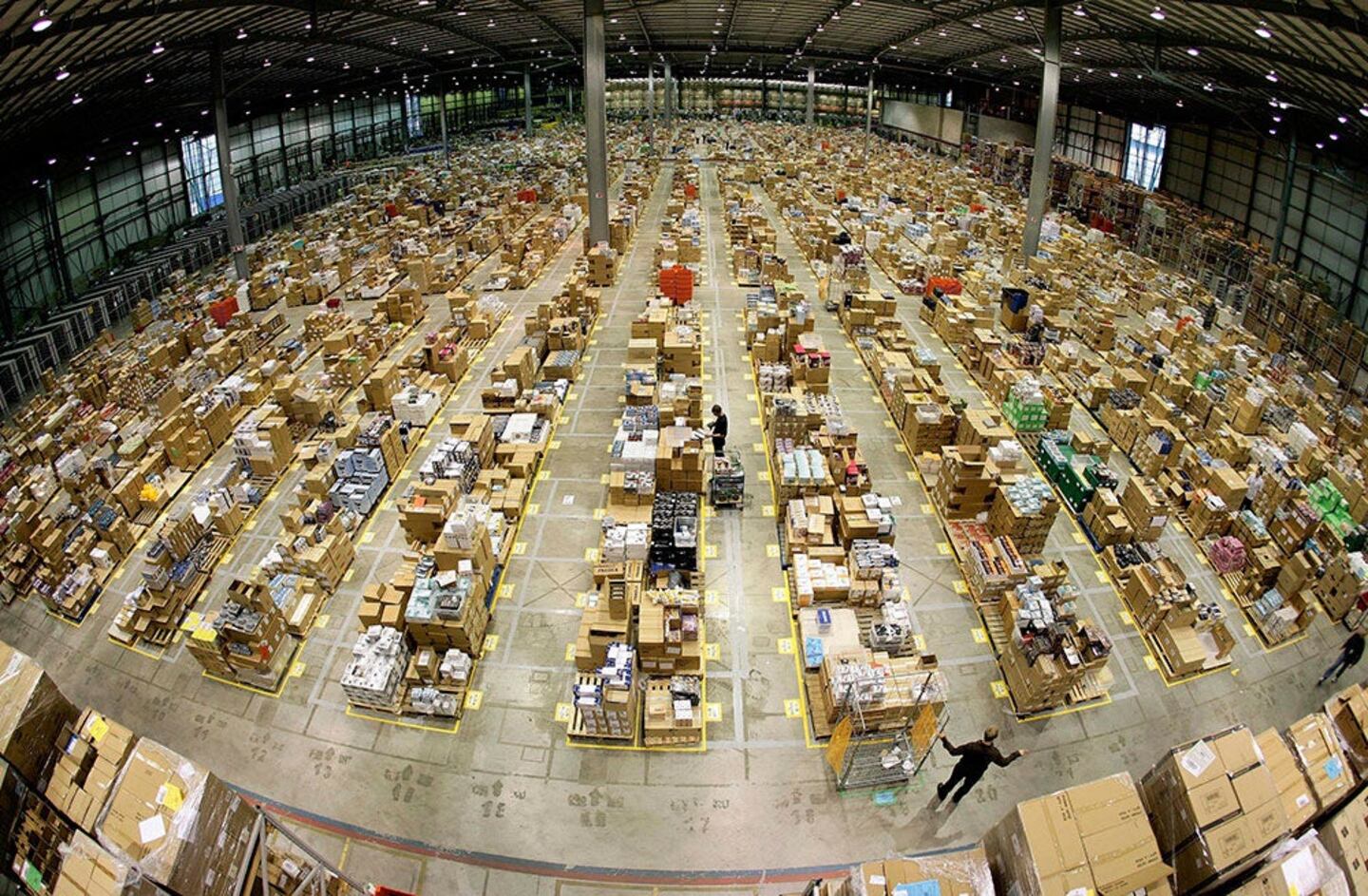
The Business of Fashion
Agenda-setting intelligence, analysis and advice for the global fashion community.

Agenda-setting intelligence, analysis and advice for the global fashion community.

SEATTLE, United States — We reported some news on Thursday about Amazon.com Inc.'s new experimental delivery service called Seller Flex. It entails Amazon taking greater control over the final mile of delivery from the warehouses of its merchant partners to the doorsteps of customers, and it could have big implications. It can be surprising to see the market react to subtle moves by Amazon (UPS and FedEx both dropped a bit), but below are a few takeaways to help understand why investors get skittish when they discover Amazon is eying someone else's business.
First, a quick primer for folks who only know Amazon by its website and boxes: The company distinguished itself in e-commerce by offering quick, free delivery to Amazon Prime members who pay $99 a year. It continues to expand its network of warehouses around the country to store a growing assortment of products closer to shoppers. Many sellers on Amazon’s site send their products to Amazon warehouses because the company can stow, pack and ship them more quickly and affordably. Now Amazon is looking to help those same merchants make deliveries directly to the customer.
What it means in the near term:
Amazon will continue to use its existing delivery partners, including United Parcel Service Inc. and FedEx Corp. It can’t build a new delivery service overnight. But UPS and FedEx will make less money on those same deliveries if they are purchased by Amazon, which negotiates better rates from couriers thanks to its large volume, Morgan Stanley noted Thursday. This can also help reduce congestion in Amazon warehouses during the busy holiday shopping season. Keeping products out of its warehouses while still delivering them within two days reduces that congestion and can lower costs for Amazon.
ADVERTISEMENT
What it means in the long term:
For now, the trial brings Amazon into the facilities of businesses that sell things on Amazon.com. In the future—and you have to look far ahead when considering the movements of chief executive officer Jeff Bezos—Amazon could expand the services to any merchant selling anything to anyone. This would push it deeper into the territory of UPS and FedEx.
Even if Amazon doesn’t buy fleets of trucks to take on UPS and FedEx directly, it could expand its relationships with smaller delivery partners like XPO Logistics Inc. and JB Hunt Transport Services Inc., companies with trucks that can reach customers around the country but small enough that Amazon could have greater sway over their operations than it does with UPS and FedEx. Cowen Inc. published a note Thursday predicting XPO, in particular, could potentially gain from Amazon’s new delivery service.
By Spencer Soper; Editor: Mark Milian.
From analysis of the global fashion and beauty industries to career and personal advice, BoF’s founder and CEO, Imran Amed, will be answering your questions on Sunday, February 18, 2024 during London Fashion Week.
The State of Fashion 2024 breaks down the 10 themes that will define the industry in the year ahead.
Imran Amed reviews the most important fashion stories of the year and shares his predictions on what this means for the industry in 2024.
After three days of inspiring talks, guests closed out BoF’s gathering for big thinkers with a black tie gala followed by an intimate performance from Rita Ora — guest starring Billy Porter.